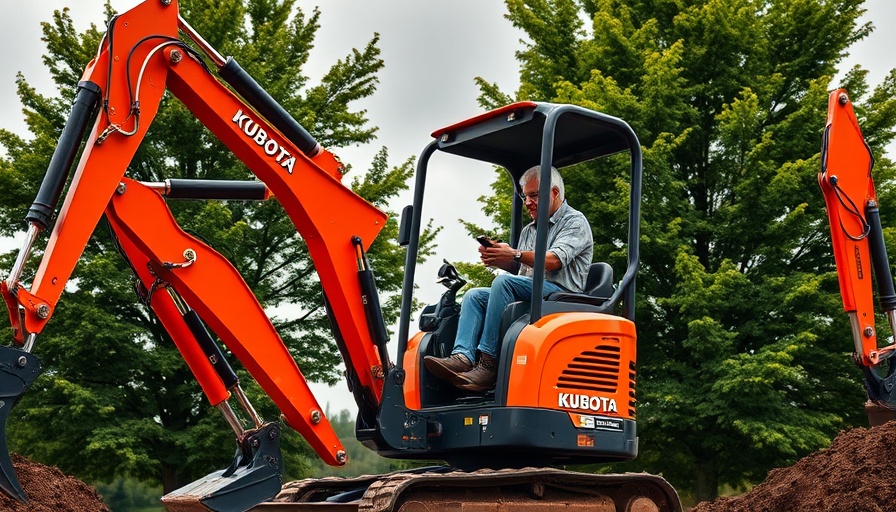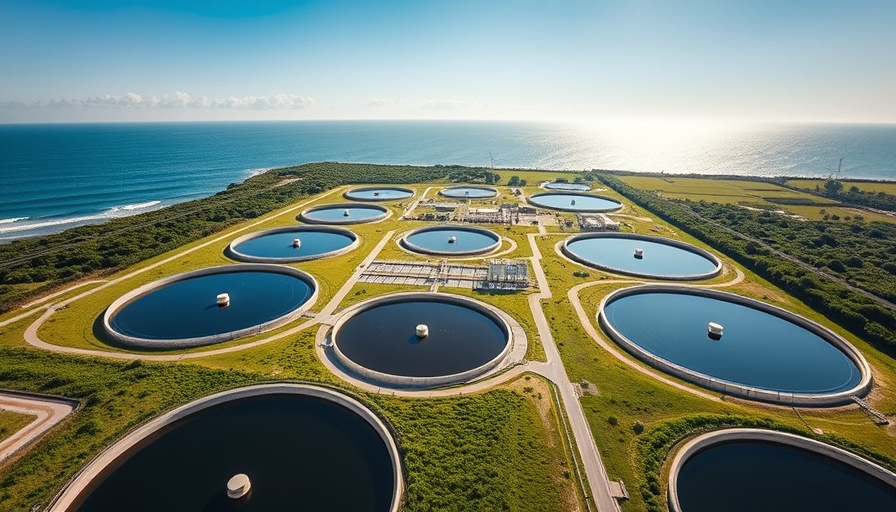
Understanding Climate Modeling in Construction
As climate change exacerbates extreme weather conditions, builders are increasingly turning to climate modeling to shape their projects. Climate modeling involves using data to predict weather patterns and potential disasters, helping construction professionals make informed decisions. This proactive method not only secures the integrity of buildings but also assists in compliance with evolving legal standards. In an era where natural disasters are more frequent, adapting to climate-related changes is crucial for sustaining operations and minimizing risks.
Legal Considerations for Innovation
Innovating in construction is more than just adopting new materials or methods; it also requires an understanding of the legal implications involved. Attorney Yvonne Castillo, who emphasized this at the Building Innovation 2025 conference, stated that contractors must navigate a complex legal landscape to avoid liabilities. The courts are increasingly scrutinizing builders who employ novel approaches, making it essential to anticipate and mitigate legal risks associated with innovative practices. By closely monitoring legal precedents and framing practices accordingly, contractors can harness innovation while safeguarding their interests.
Technological Advancements Transforming the Industry
The integration of artificial intelligence (AI) into construction processes is revolutionizing the industry. AI technologies facilitate better planning and execution, from estimating project costs to scheduling and risk management. These advancements allow contractors to create smarter designs that are resilient to climate challenges. For instance, AI can analyze vast amounts of climate data, helping construction teams choose the best materials and designs based on specific risks. Embracing AI supports proactive decision-making, enabling contractors to stay competitive in a rapidly changing environment.
Future Insights: The Road Ahead
Looking forward, the role of climate modeling and AI in construction will only grow. As weather patterns become increasingly unpredictable, builders who adopt these technologies stand a better chance of ensuring safety and compliance. Additionally, as legal frameworks evolve to encompass new construction methodologies, contractors who proactively engage with climate data and AI will thrive. Investing in knowledge and tools that integrate these predictions will be vital, safeguarding both the environment and project viability.
Conclusion: Immediate Actions for Contractors
For contractors looking to innovate responsibly, the key lies in understanding the intersection of technology, legal frameworks, and climate data. By prioritizing these elements, they can better manage risks and streamline their processes. The future of construction demands a shift towards sustainable practices embraced by smart technologies. Any builder focused on survival in this climate needs to make informed choices grounded in robust data and sound legal advice.
As you explore your options for construction innovations, consider engaging with AI technologies that allow for data-driven decisions on your next project. Stay ahead of the curve and embrace the future of building today!
 Add Row
Add Row  Add
Add 




Write A Comment